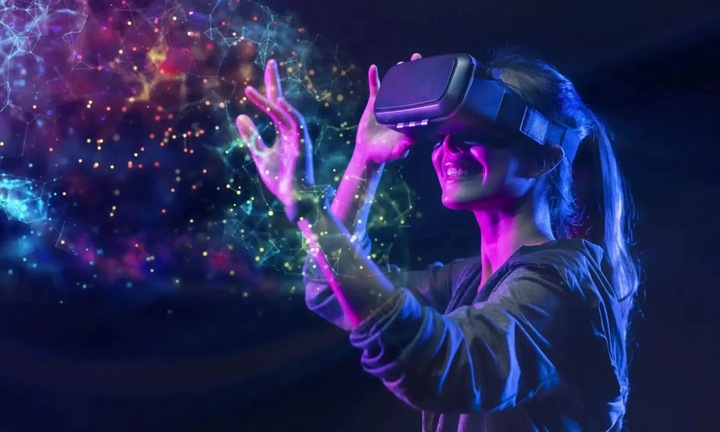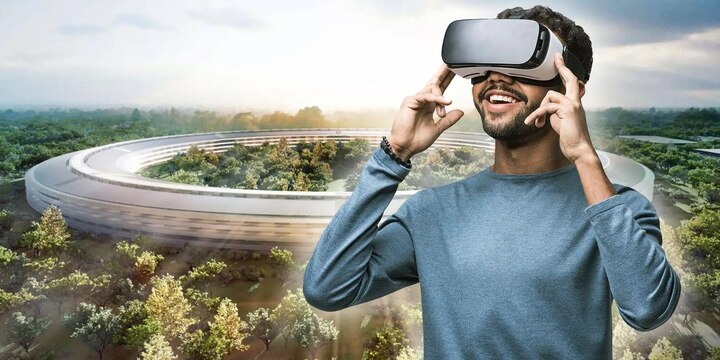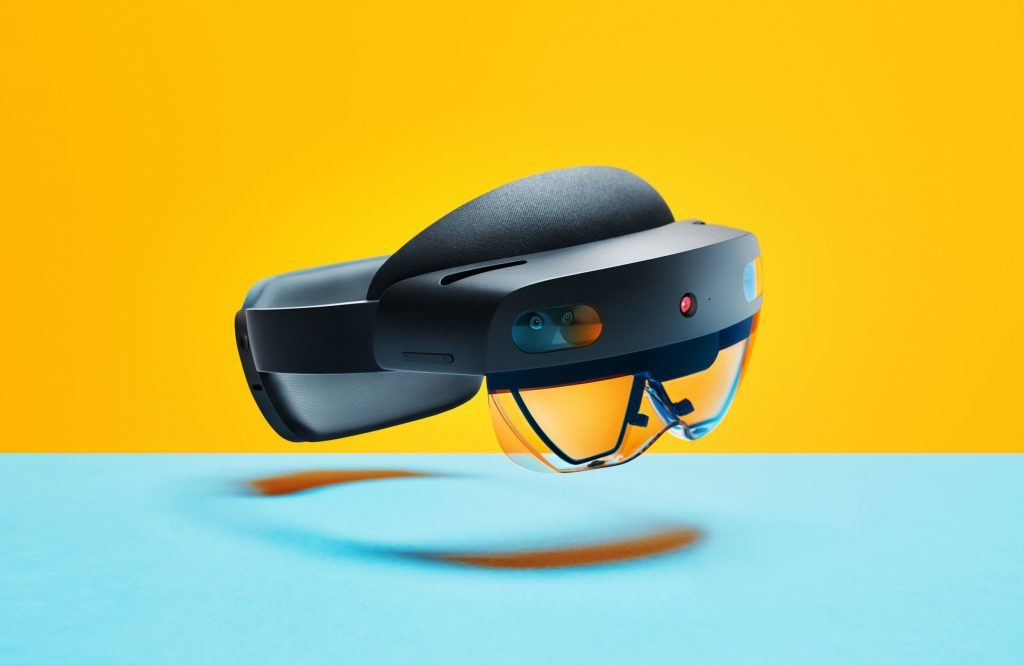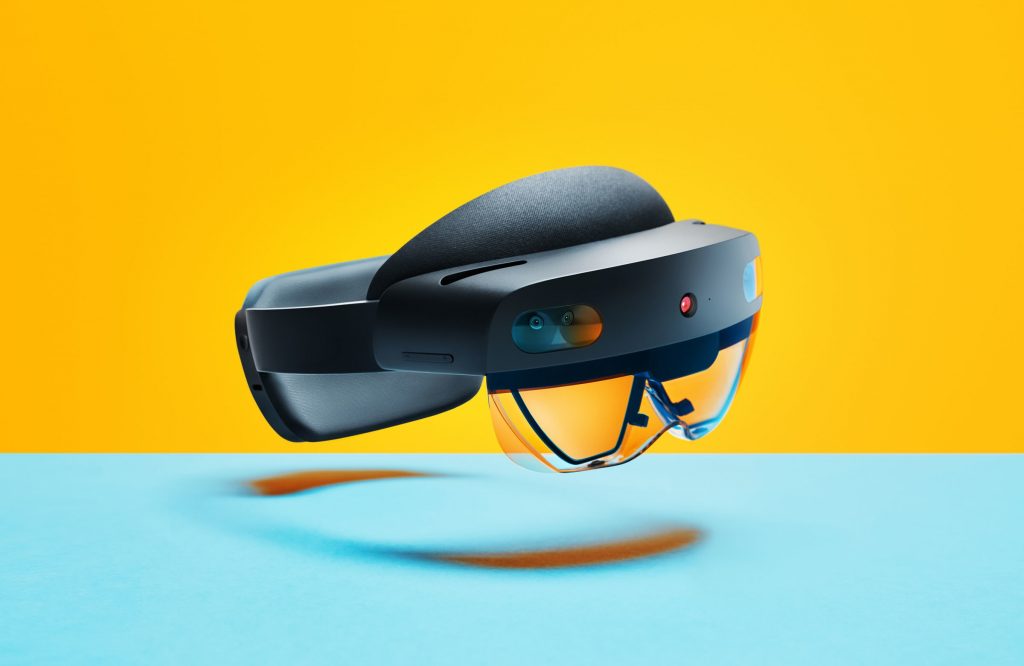Samsung, Google & Qualcomm team up on mixed-reality platform
The newest tech behemoth to embrace augmented and virtual reality is Samsung. The smartphone manufacturer claims that it will collaborate with Qualcomm and Google on a future mixed-reality platform.
The information was released on Wednesday during Samsung’s Unpacked event and comes after rumors that Apple may launch the first ever-virtual reality headset this year. Hiroshi Lockheimer, SVP of Android at Google, and Cristiano Amon, CEO of Qualcomm, both took the stage to jointly announce the partnership.

No specific products were mentioned by Samsung as being under development. Additionally, it didn’t offer a release date for any planned mixed-reality services or products.
Technology that combines the traits of augmented and virtual reality is referred to as mixed reality. Similar to Google Glass, augmented reality combines software and the physical world by superimposing graphics on the user’s surroundings.
Also Read: The iPhone may get a microLED display. What does that mean?
In contrast, virtual reality technologies like the Meta Quest 2 immerse the user in a 360-degree virtual environment. Passthrough cameras, a method that enables AR and virtual reality technologies to merge into one product line, are helping a new generation of VR headsets advance mixed reality, nevertheless.
This is possible with the Quest 2 and Quest Pro headsets from Meta and the future Vive XR Elite. The identical idea should be used in Apple’s anticipated headset.
The development arrives at a time when virtual, augmented, and mixed-reality platform are receiving more attention. According to Bloomberg, Apple is planning to unveil a mixed-reality headgear in 2023 that might cost $3,000 or more.
Google unveiled a new pair of AR glasses at Google I/O last year with a focus on language translation, and Sony’s PlayStation VR 2 and HTC’s Vive XR Elite are both set to debut this month. Before the year is out, Meta’s Quest 3 will be released.
With the exception of the Gear VR device, which it released in multiple incarnations between 2015 and 2017, Samsung has been very quiet regarding virtual reality.
Given that Samsung, Google, and Qualcomm already collaborate to develop smartphones, the alliance makes logical. Samsung creates the physical components of its Galaxy devices, while Qualcomm provides the processor and Google is in charge of the Android operating system’s supporting software.
Also Read: Samsung’s Galaxy Unpacked 2023 Event: What to expect?
Since many of the leading VR and AR headsets use Qualcomm chips, the company has been driving the development of phone-compatible AR and VR headsets for many years. Additionally, Qualcomm is working with Meta on upcoming smartphones and Microsoft on the hardware for its next augmented reality glasses. It’s unclear if this new partnership will work with Qualcomm’s current Snapdragon Spaces technology for phones and headsets.
Samsung unveiled its plans for mixed reality alongside the release of its latest Galaxy Book and Galaxy S23 smartphone range. The new range, which comes in three versions—standard, Plus, and Ultra—offers a number of enhancements and is currently up for preorder.

I am a law graduate from NLU Lucknow. I have a flair for creative writing and hence in my free time work as a freelance content writer.



